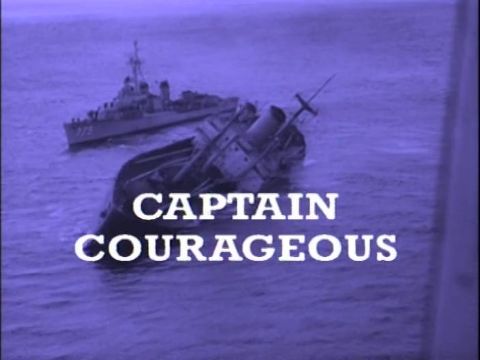Kennedy's Torpedo Boat Drama • 1996 • episode "15/20" • The True Action Adventures of the Twentieth Century
How a Future US President Faced Death in the War in the Pacific Set against the backcloth of motor torpedo boats attracting adventurous spirits in both world wars, this is the story of the future US President and his struggle to survive after the sinking of his PT-109 off New Georgia in the Solomons in July 1943. Few people know how close JFK came to death in World War II when his PT-109 was rammed by a Japanese destroyer in the Pacific killing two of its crew. While on night patrol in the Solomon Islands, skipper Jack Kennedy's torpedo boat was cut in half by a Japanese destroyer. Although injured himself, Kennedy pulled one badly wounded man to the shore, then swam to nearby islands to find help for his crew. Kennedy's torpedo boat was the only one to be rammed by the Japanese navy during the war, which led to accusations of poor leadership. However, nobody could doubt the courage of Kennedy to lead his 10 men to safety as he swam for over five hours to raise the alarm and be rescued by a navy that had given him up for dead. His exceptional courage and leadership saved his men... and made him one of World War II's most notable heroes.
Make a donation
Buy a brother a hot coffee? Or a cold beer?
Hope you're finding these documentaries fascinating and eye-opening. It's just me, working hard behind the scenes to bring you this enriching content.
Running and maintaining a website like this takes time and resources. That's why I'm reaching out to you. If you appreciate what I do and would like to support my efforts, would you consider "buying me a coffee"?
Donation addresses
BTC: bc1q8ldskxh4x9qnddhcrgcun8rtvddeldm2a07r2v
ETH: 0x5CCAAA1afc5c5D814129d99277dDb5A979672116
With your donation through , you can show your appreciation and help me keep this project going. Every contribution, no matter how small, makes a significant impact. It goes directly towards covering server costs.

























